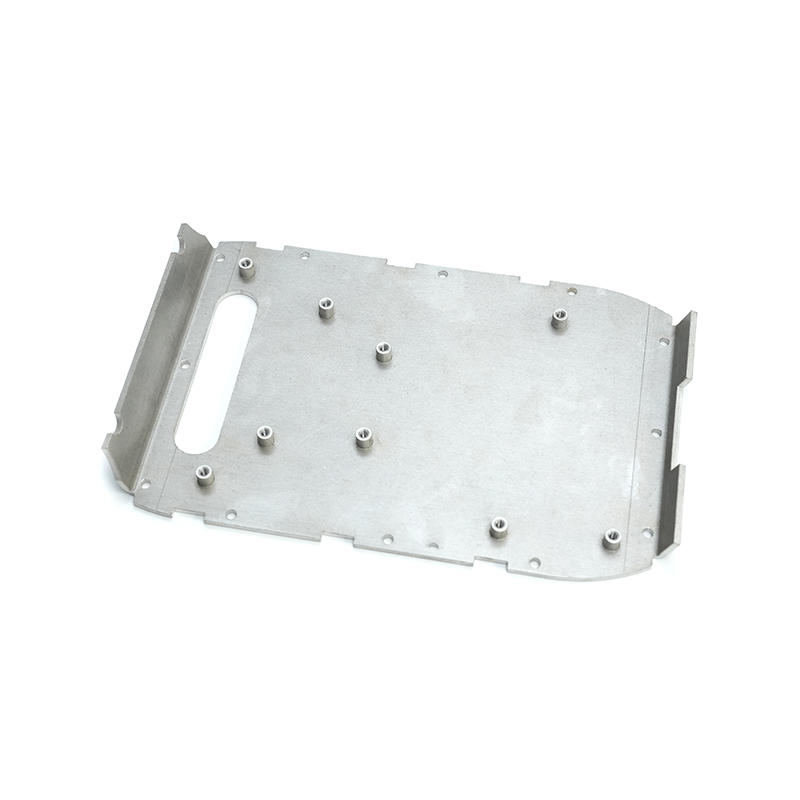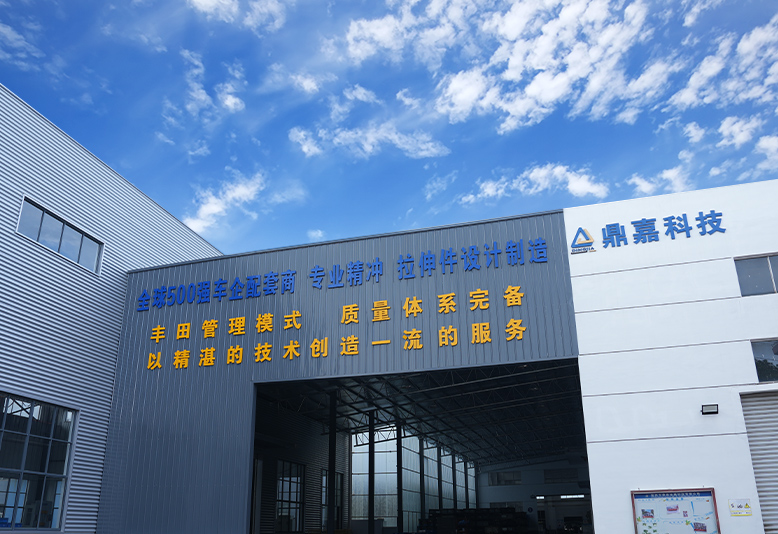Aluminum Stamping vs. Casting: Which Manufacturing Method Is Better for Lightweight Components
When it comes to manufacturing lightweight components, choosing the right production method is essential for ensuring optimal performance, cost-effectiveness, and durability. Two popular techniques in metal fabrication—aluminum stamping and casting—each offer unique advantages and challenges.
Understanding Aluminum Stamping and Casting
Aluminum stamping involves shaping aluminum sheets into desired parts using high-pressure machinery such as presses and dies. This process, often referred to as stamping aluminum sheet metal, enables the cutting, bending, punching, or embossing of aluminum sheets to produce parts with tight tolerances and consistent quality. Because aluminum is lightweight and corrosion-resistant, stamped aluminum parts are ideal for applications where strength-to-weight ratio is critical.
In contrast, casting is a manufacturing method where molten aluminum is poured into molds and allowed to solidify into a specific shape. Casting allows the production of complex geometries that may be difficult or costly to achieve with stamping. However, the process generally results in heavier parts due to thicker walls and additional material needed to maintain structural integrity.
Advantages of Aluminum Stamping Parts for Lightweight Applications
One of the key benefits of aluminum stamping is the ability to create lightweight components without sacrificing strength. The process begins with thin aluminum sheets, which are precisely formed into parts that maintain structural integrity while minimizing weight. This is especially important in industries such as automotive and aerospace, where reducing component weight translates directly into improved fuel efficiency and performance.
Moreover, the high-speed production capabilities of stamping presses allow manufacturers to produce large volumes of identical parts efficiently. This reduces lead times and lowers labor costs, making aluminum stamping parts a cost-effective choice for high-volume applications. The ability to maintain tight tolerances ensures consistent quality across all parts, which is critical in applications such as automotive body panels, electronic housings, and medical device components.
Casting: Strengths and Limitations
Casting is often chosen when complex shapes or intricate internal geometries are required, which may be challenging to achieve through stamping. It allows for a wide range of design flexibility and can produce parts in relatively fewer production steps. However, casting typically involves longer cycle times and may require additional machining for finishing and achieving tight dimensional control.
Additionally, cast parts are generally thicker and heavier than stamped ones, which may be a drawback in applications where weight reduction is a priority. The surface finish and mechanical properties of cast parts can also vary depending on the alloy and casting method used.
Why Stamping Aluminum Sheet Metal is Preferred by Many Industries
Because of its balance of lightweight, durability, and production efficiency, stamping aluminum sheet metal has become a preferred method for manufacturing components in several critical industries. Changzhou Dingjia Metal Technology Co., Ltd., founded in 2010 and located in Changzhou City, specializes in precision metal stamping and offers extensive expertise in producing high-quality aluminum stamping parts.
With a plant covering 5400m² and an additional 1500m² planned for expansion in 2024, the company is equipped with advanced stamping presses and quality management systems that ensure product excellence. Their aluminum stamping parts are widely used in the automotive, electronics, and medical machinery sectors, reflecting the versatility and reliability of stamped components.
Comparing Cost, Precision, and Production Speed
From a cost perspective, aluminum stamping typically provides advantages for high-volume production runs. The tooling investment in dies and presses can be high initially, but the per-unit cost decreases significantly with scale. Casting can be more economical for smaller production runs or complex, low-volume parts but tends to be less efficient in mass production due to longer cycle times and additional finishing requirements.
Precision is another crucial factor. Stamping aluminum sheet metal achieves very tight tolerances and consistent dimensions, essential for parts that must fit precisely in assemblies. While casting can produce intricate shapes, it often requires secondary machining to reach the necessary precision levels, which adds to cost and production time.
Conclusion: Choosing the Right Method for Lightweight Components
Both aluminum stamping and casting have their places in manufacturing lightweight components. For applications demanding high volume, cost efficiency, precision, and lightweight durability, aluminum stamping parts made from stamped aluminum sheet metal provide clear advantages. Casting remains valuable for complex, low-volume, or specialized parts but may fall short where weight and production speed are priorities.
Changzhou Dingjia Metal Technology Co., Ltd.’s expertise in stamping aluminum sheet metal exemplifies the industry's commitment to quality, innovation, and customer satisfaction. Their dedication to producing precision aluminum stamping parts makes them a strong partner for businesses seeking reliable lightweight components.
If your project requires lightweight, durable aluminum parts with consistent quality and fast turnaround, aluminum stamping is an excellent manufacturing method to consider over casting.









